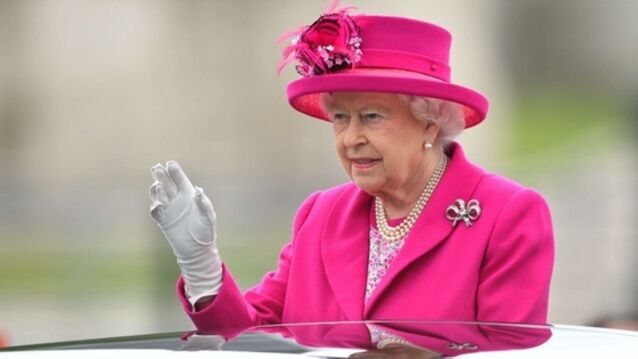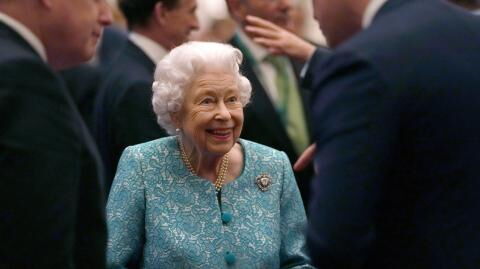The day the Queen dies, her private secretary will have to announce it to a number of emissaries. Namely the 15 other countries of which the Queen is head of state as well as the other 36 commonwealth countries. Before an official statement is made to the public, a huge process will be undertaken behind the scenes to carefully manage the news. Everything has already been prepared and considered right up to the burial, which will come 10 days after her death. Some news organisations like The Times have already prepared several cover to cover editions to cover the event.
Discover our latest podcast
Maintaining prestige for the King’s coronation
In the days following the death of Elizabeth II, the coronation of her son Prince Charles III will take place. The prestige of the royal family must be maintained despite the general sadness and upset that will be caused by the announcement.
It is also necessary for the royal family to maintain certain political posts, starting with the Commonwealth. The role is not necessarily hereditary but according to The Guardian, The Palace is in the process of getting Prince Charles to succeed her.
The news will go around the world before we know
Sir Christopher Geidt, the Queen’s private secretary, will be tasked with alerting the Prime Minister by saying the following code over a secure line: ‘London Bridge is down, I repeat, London Bridge is down’. The death of Elizabeth II will then be announced to governments around the world where the Queen is head of state and other members of the Commonwealth.
The announcement will then be made to the media. The BBC no longer has exclusivity over such news. At this point in the action plan, a black sign will be hung on the Buckingham Palace doors.
Different scenarios considered
Things will be different depending on the circumstances and the place of the death of Elizabeth II. If the queen dies in her Balmoral castle in Scotland, a ritual of Scottish traditions will be organised before her body is repatriated by train. During this trip, flowers will be thrown at each crossing. If Elizabeth II were to die abroad, a jet from the RAF’s 32nd squadron would leave RAF Northolt with a group of undertakers on-board. Carrying the “first call coffin”, they would fly to the Queen’s location wherever she is in the world.
No matter what the circumstances, the Queen’s coffin would be brought into the throne room of Buckingham Palace. Additionally, all sporting matches would be cancelled. The National Theatre would be closed and golf would be postponed on the Royal courses. These measures, however, would only be put in place if the Queen were to die before 4 pm.
The Queen’s successor would take office the following day
On the night Queen Elizabeth II dies, Prince Charles III will make his first statement as head of state. The following day, the flags would rise again and the Prince Charles would be proclaimed King at St James’ Palace of which the roof, would be covered in red at 11 am sharp. The official coronation will take place a few months later. Genealogist Thomas Woodcock will pronounce the official declaration “King Charles III”. The new head of state would then travel to Edinburgh, Cardiff and Belfast to meet the leaders and assist in his mother’s commemorations.
Funeral at Westminster Abbey
Four days after the Queen dies, her coffin will be transported from Buckingham Palace to Westminster Hall. It will stay there for another four days where her children and grandchildren will attend every evening.
A million people are expected to be there for the Buckingham Palace procession. On the morning of the 10th day after her death, the royal jewels will be removed from the casket and cleaned.
On the day of the funeral, shops will be closed and the stock market will not open. The bells of Big Ben, stifled by leather cushions, will sound at 9 o’clock. In Westminster Abbey, 2000 people will be present. Large screens will be put up all over London streaming the event live. The coffin will arrive at the abbey at 11 o’clock. The buses will stop and there will be a moments silence. Following the ceremony, a procession will accompany the coffin on The Mall one last time. The body of Queen Elizabeth II will then forever rest in Windsor Castle.















